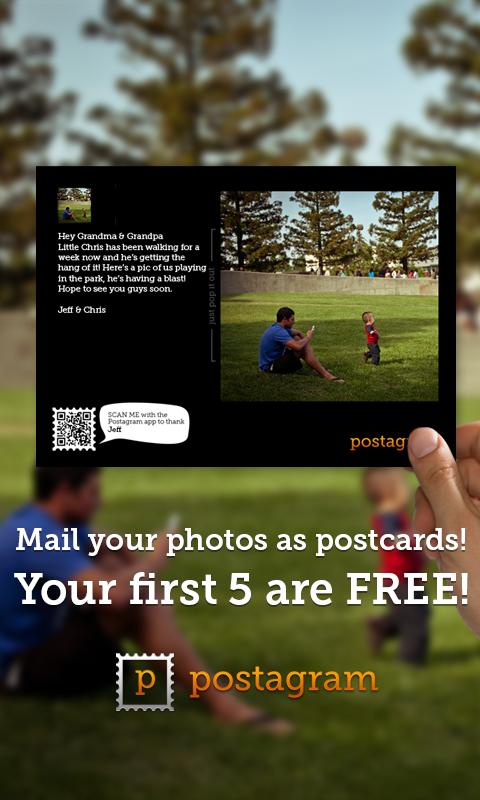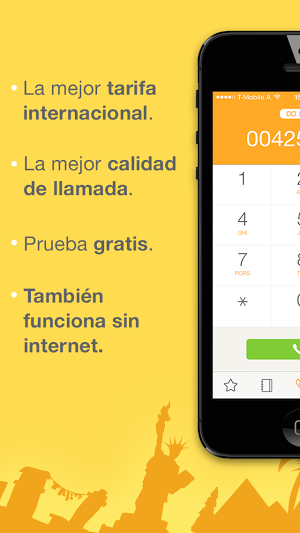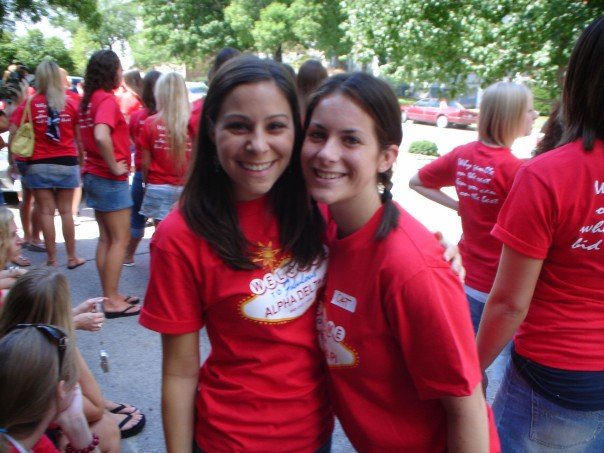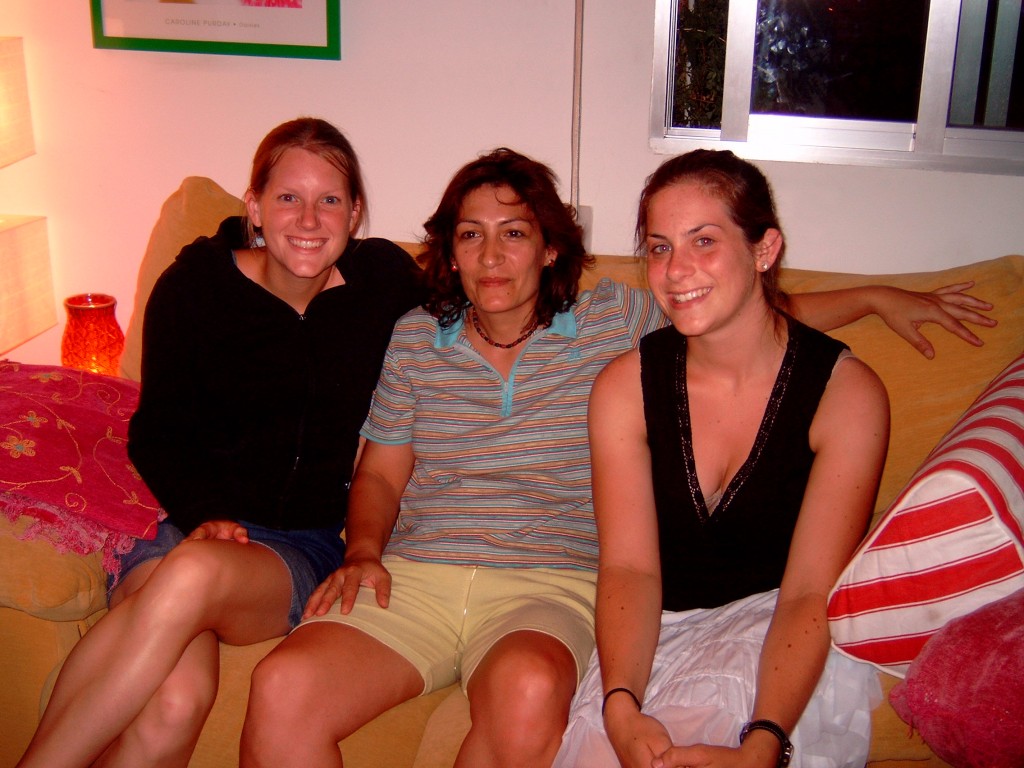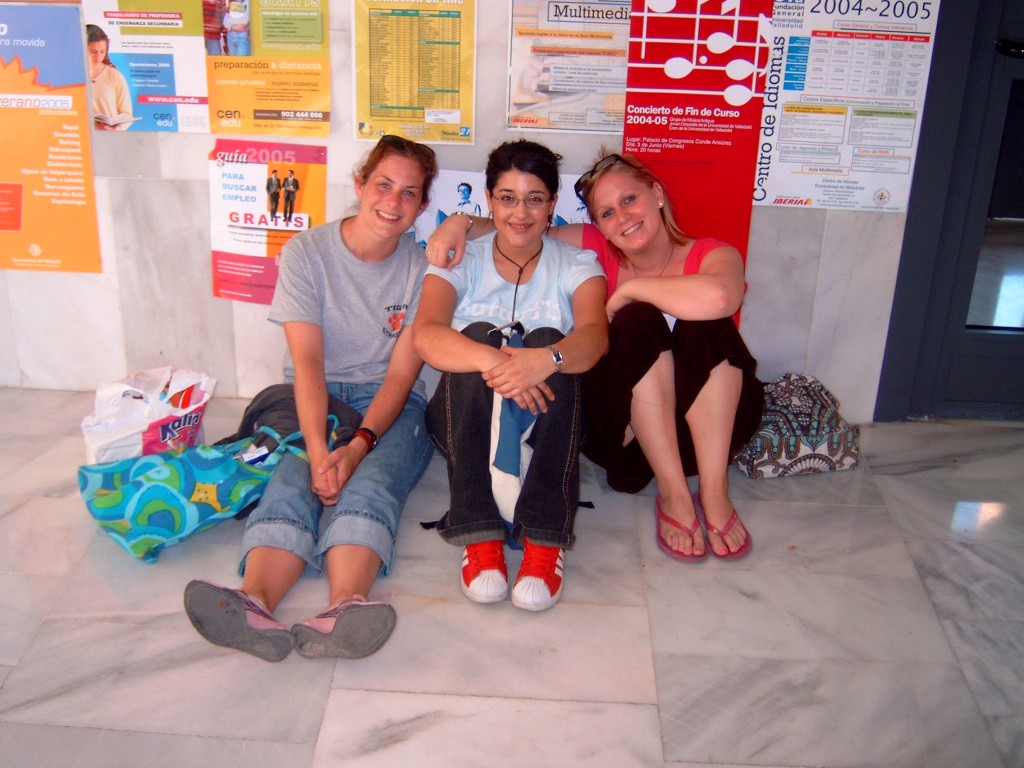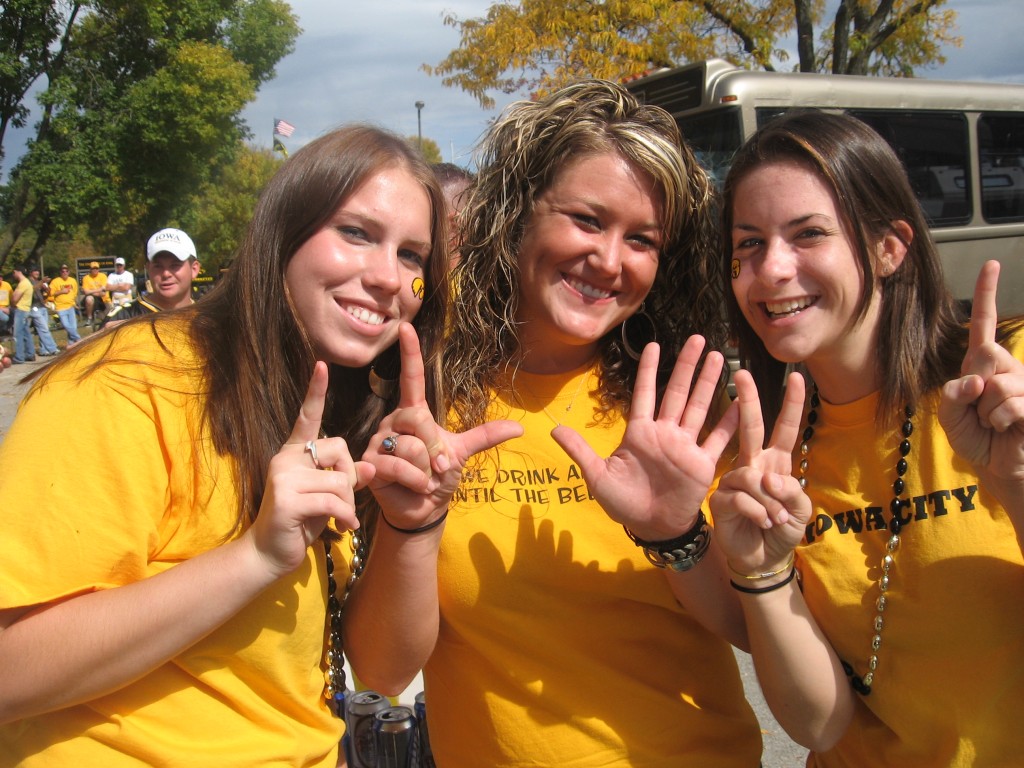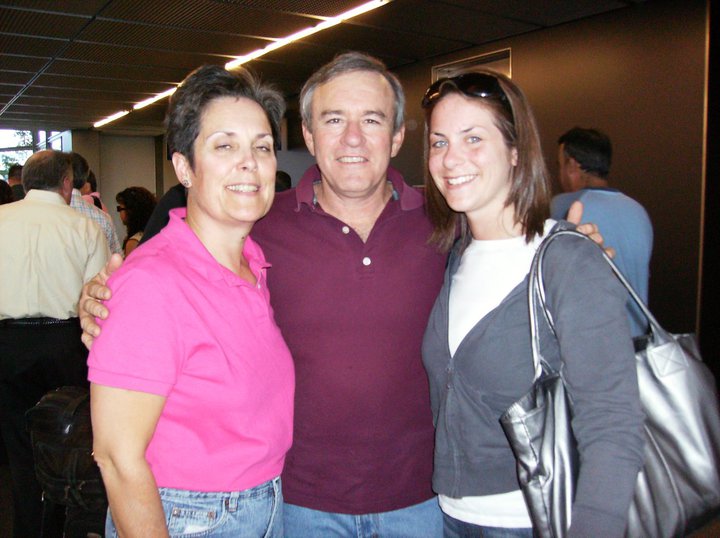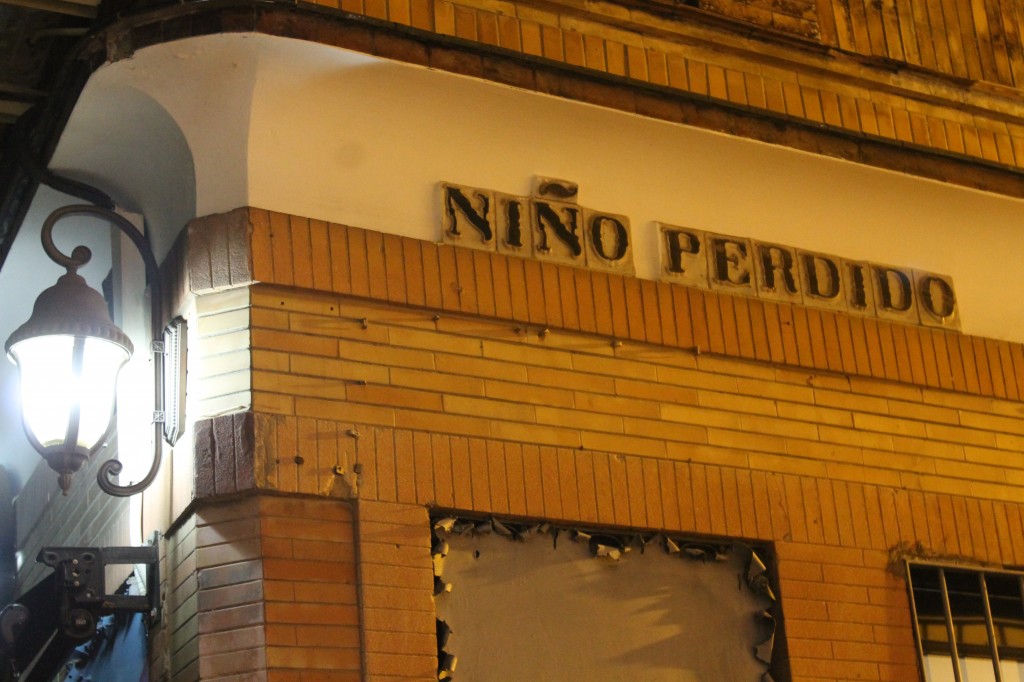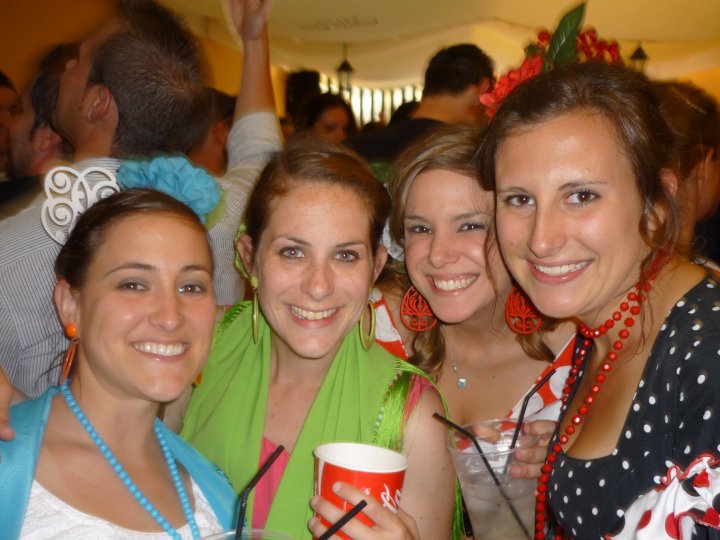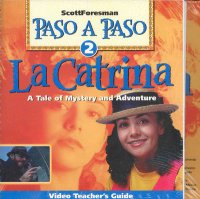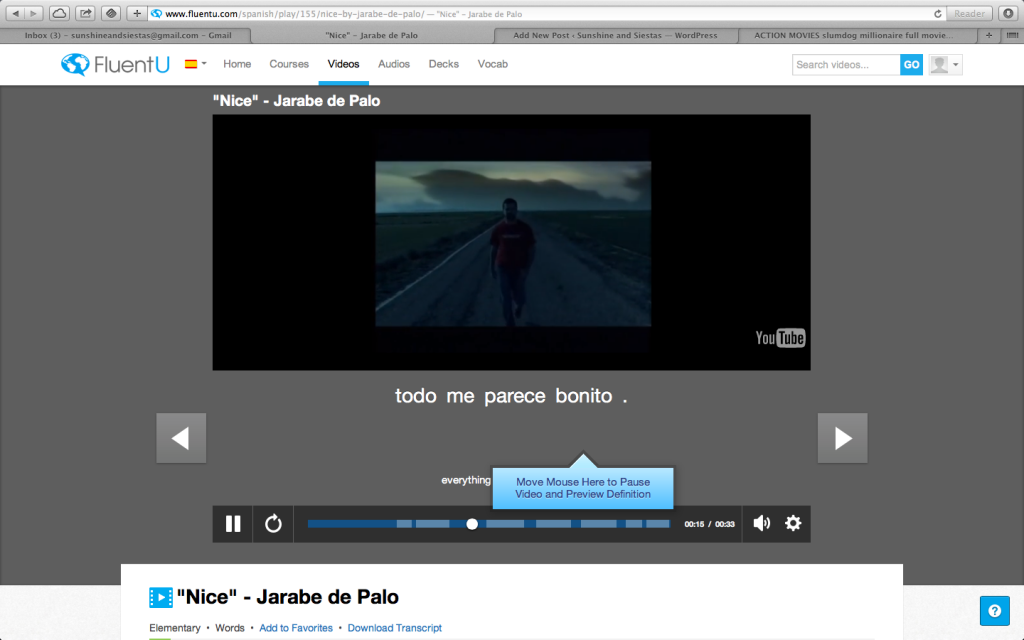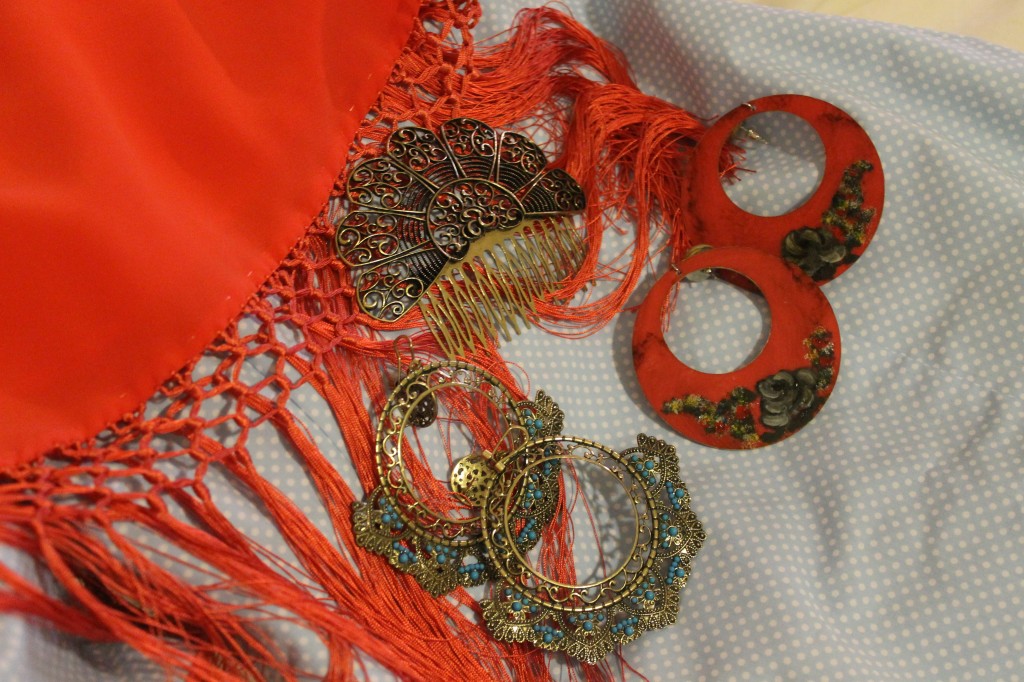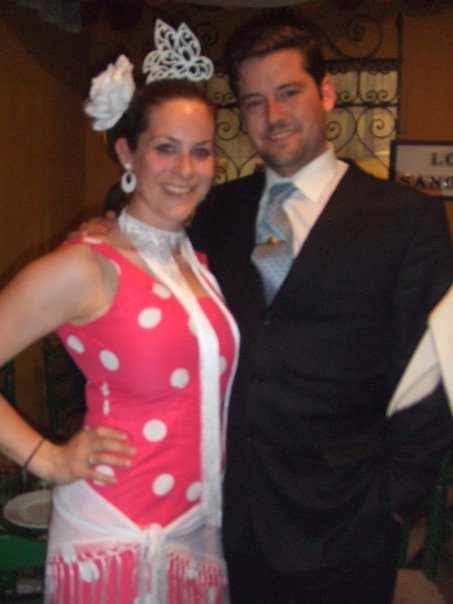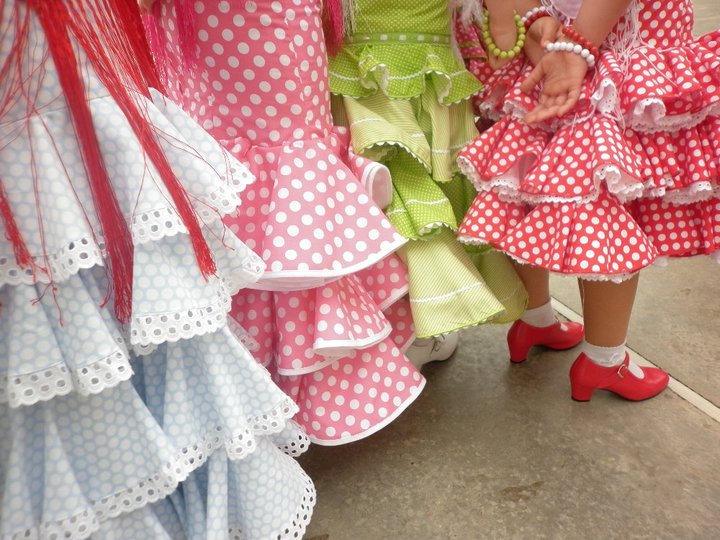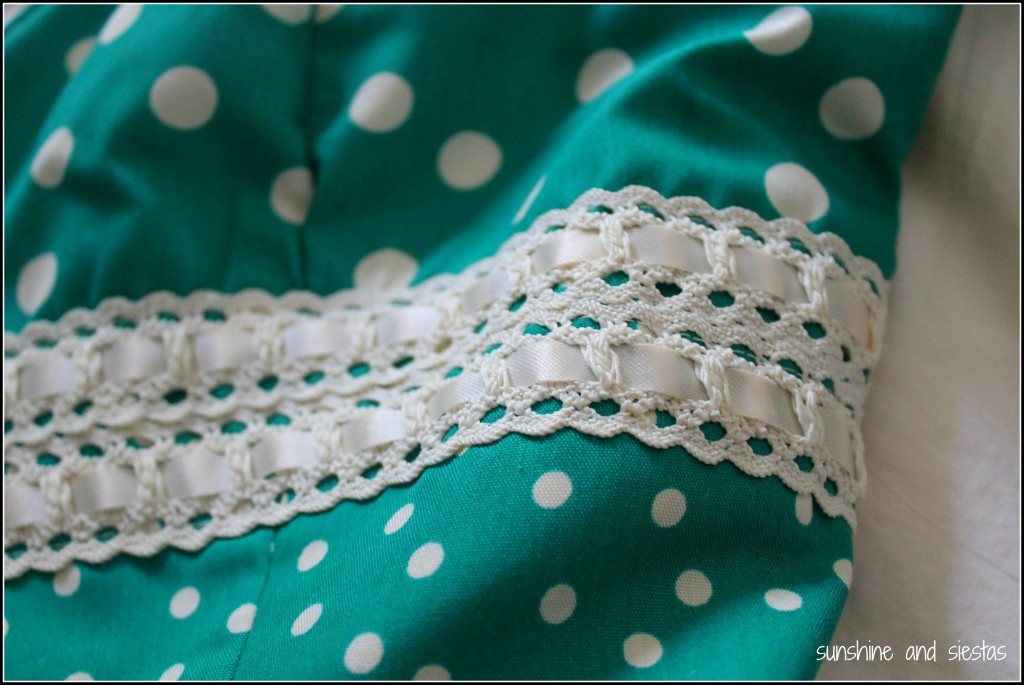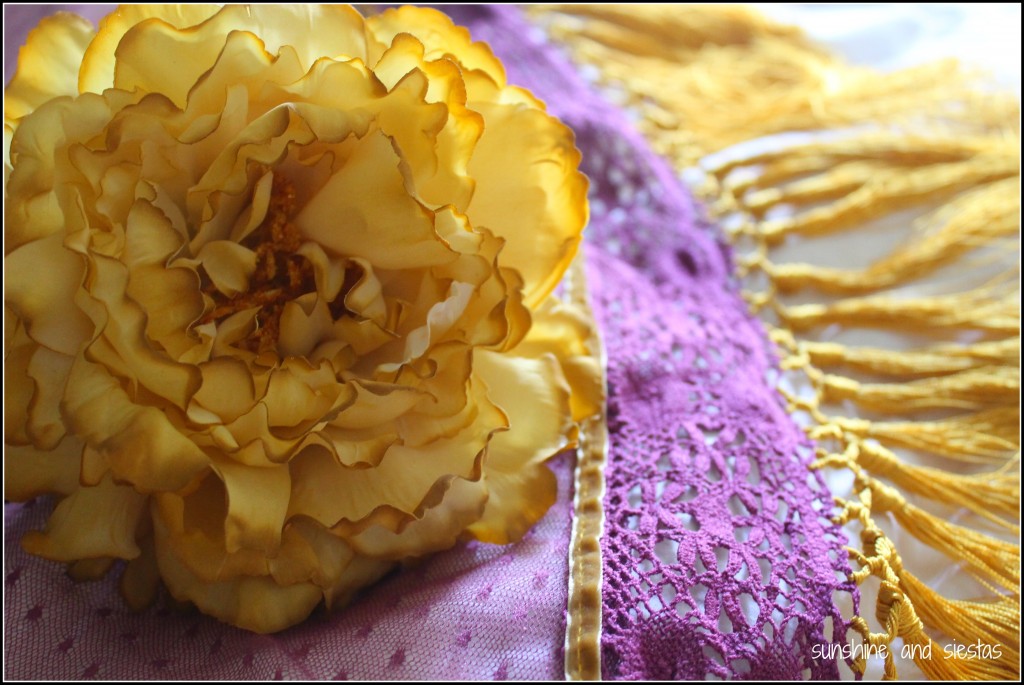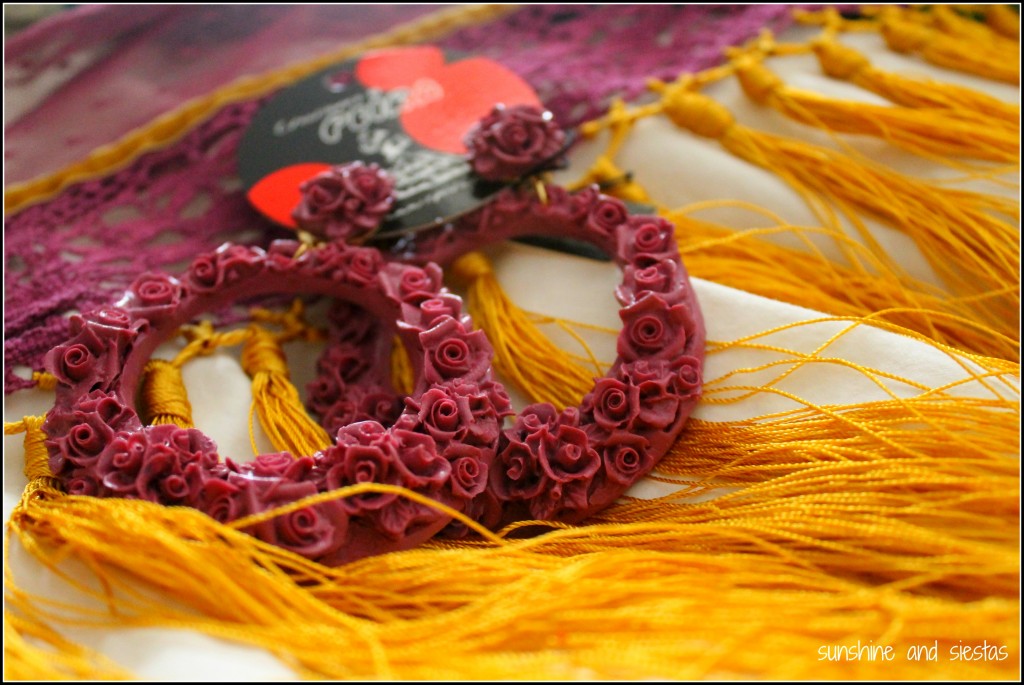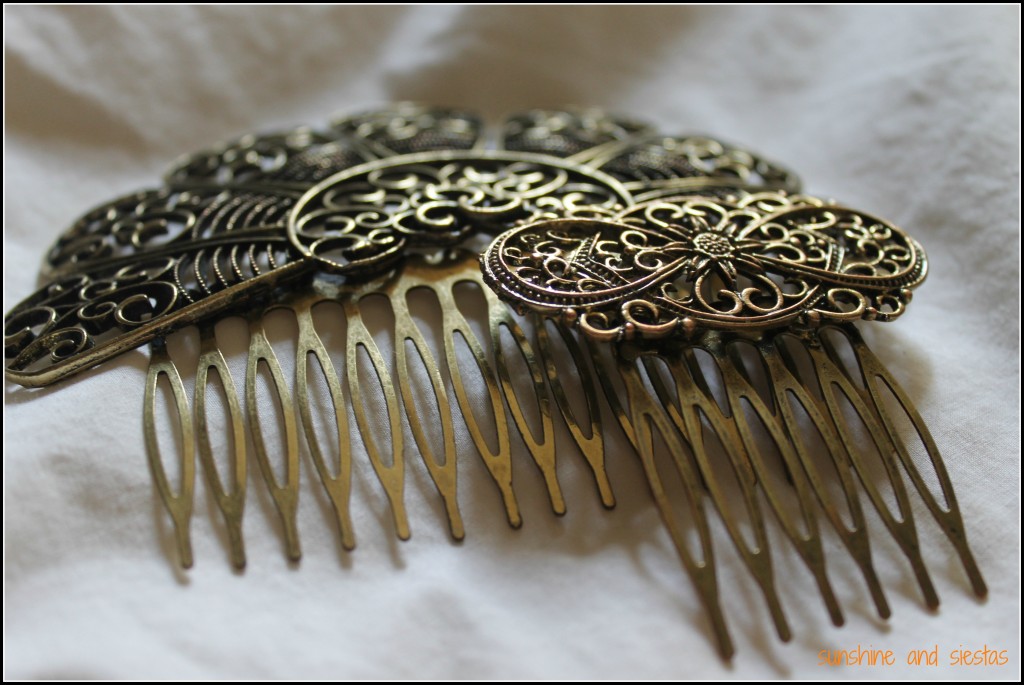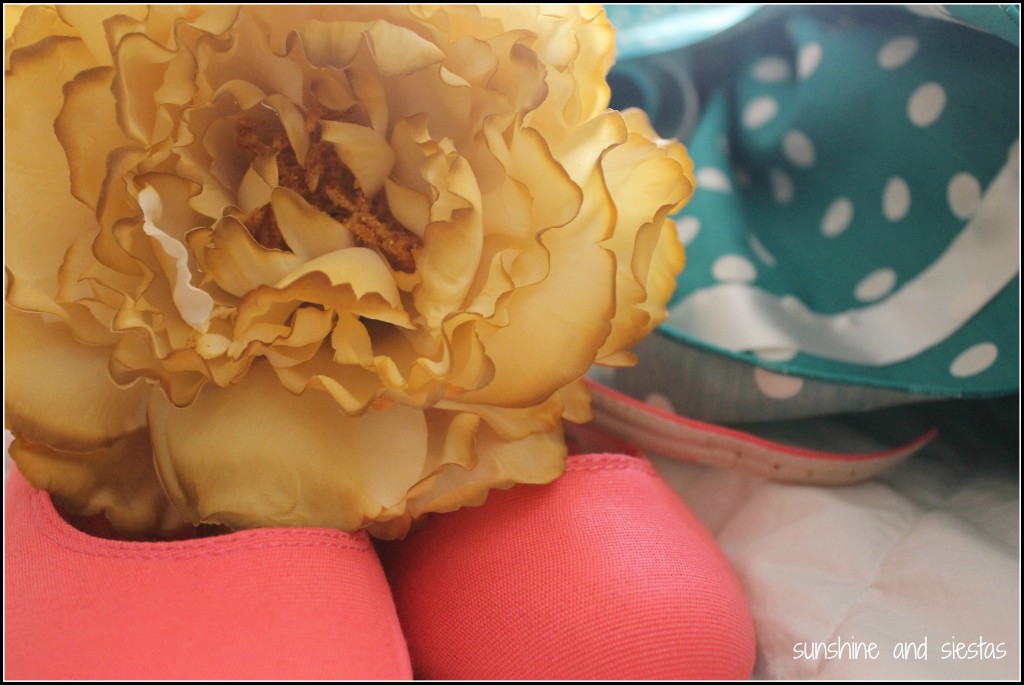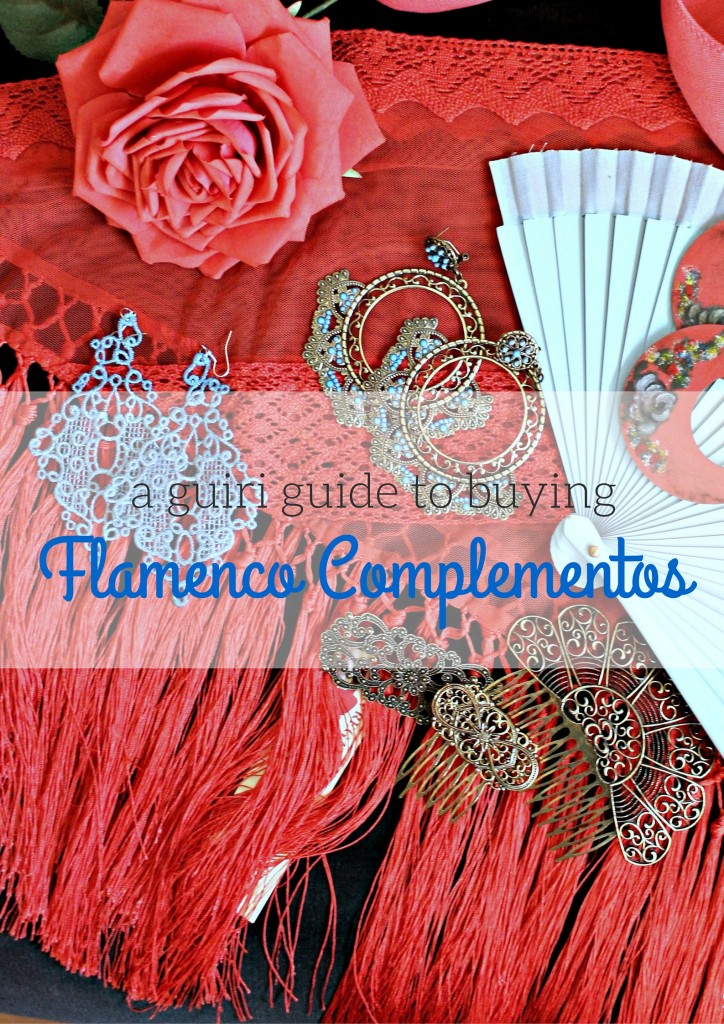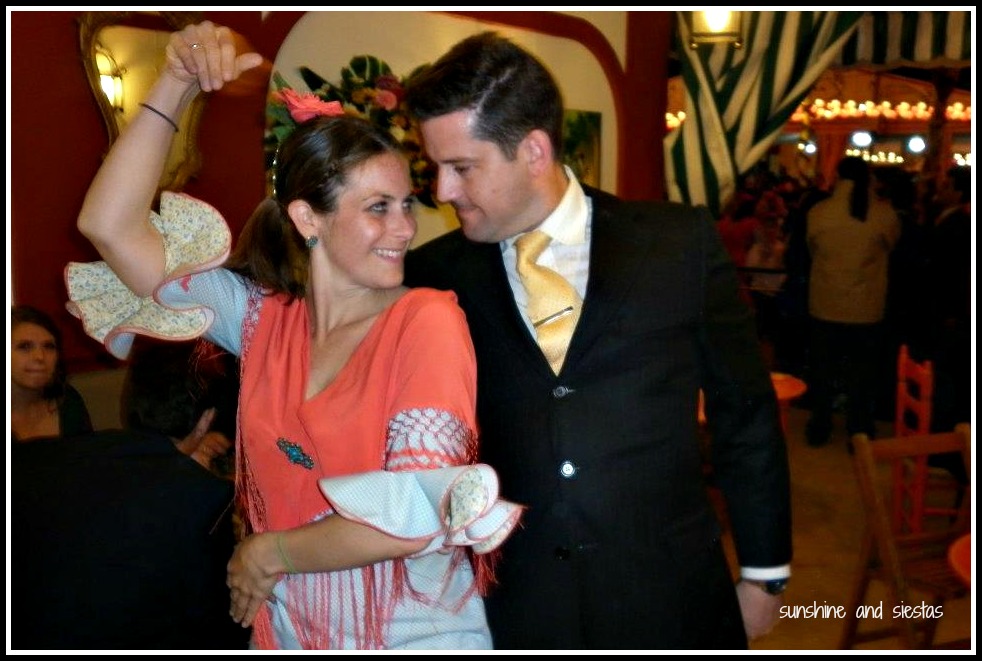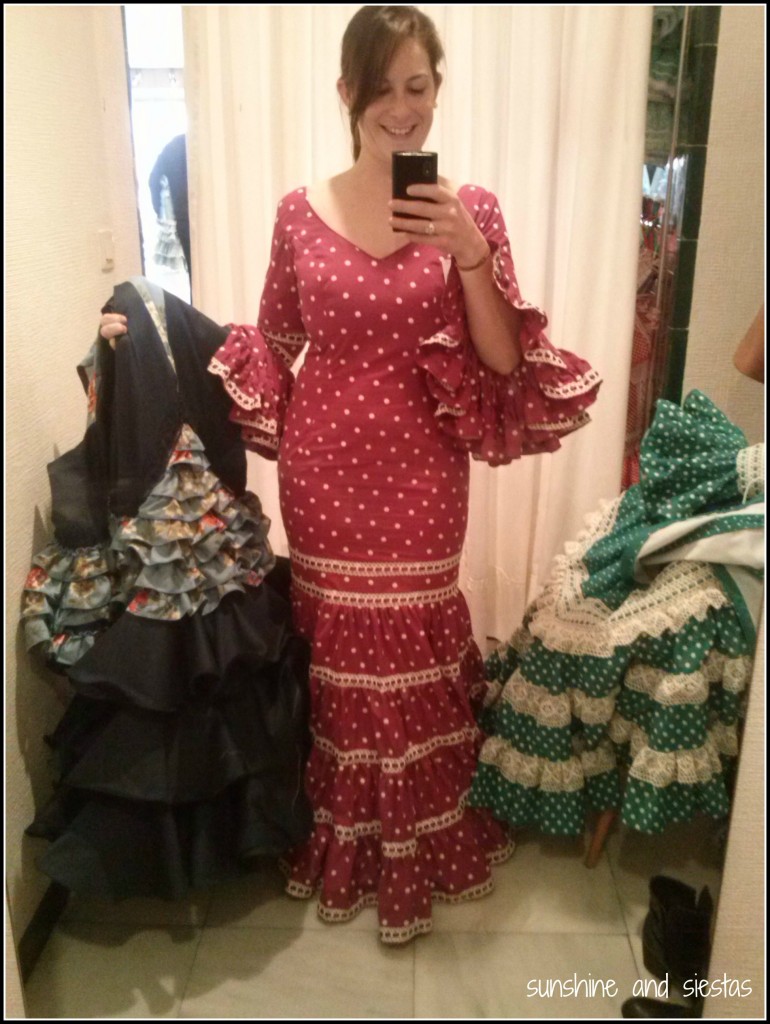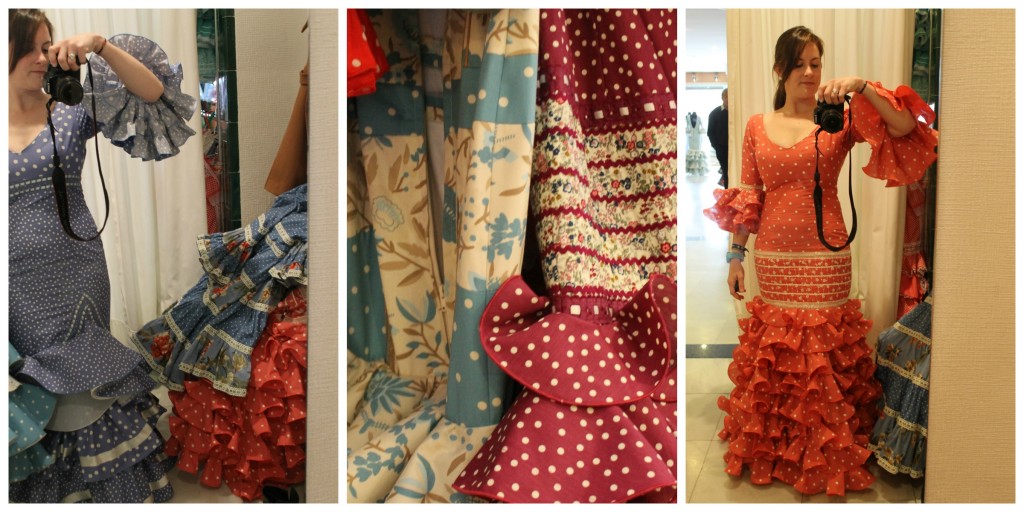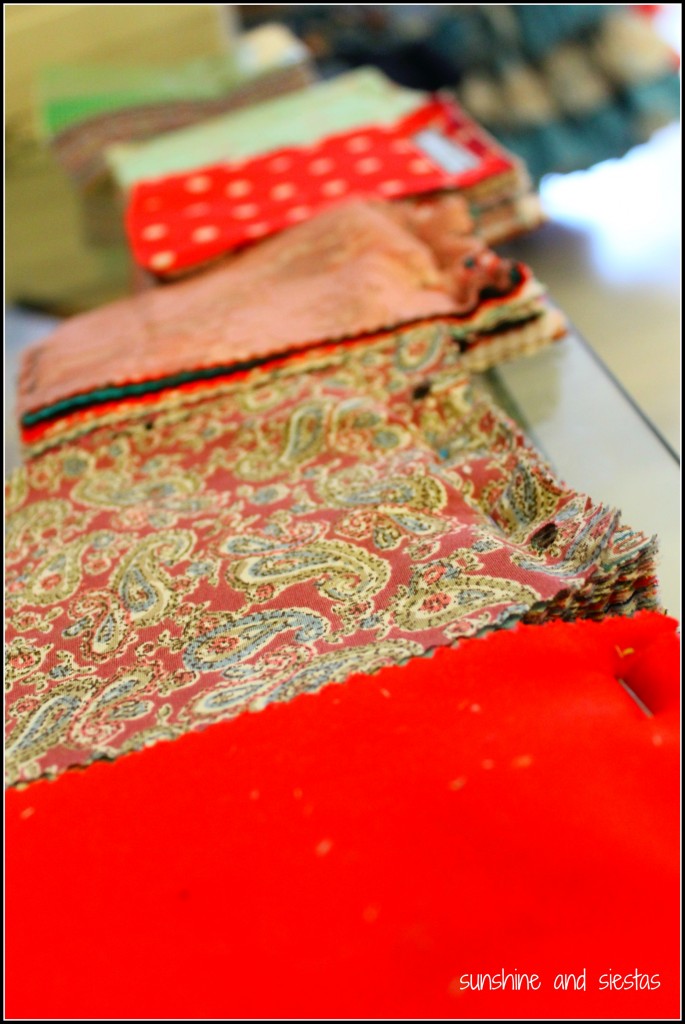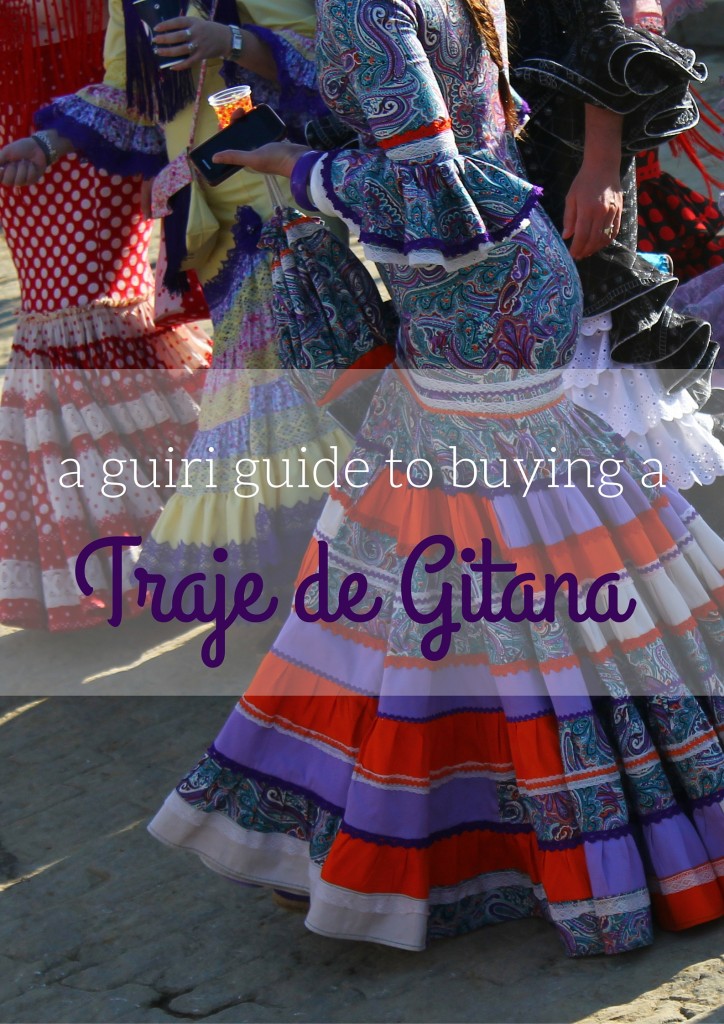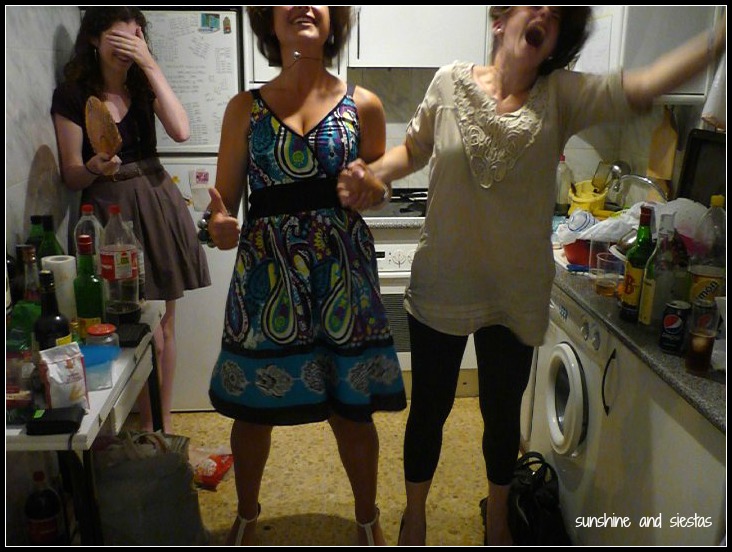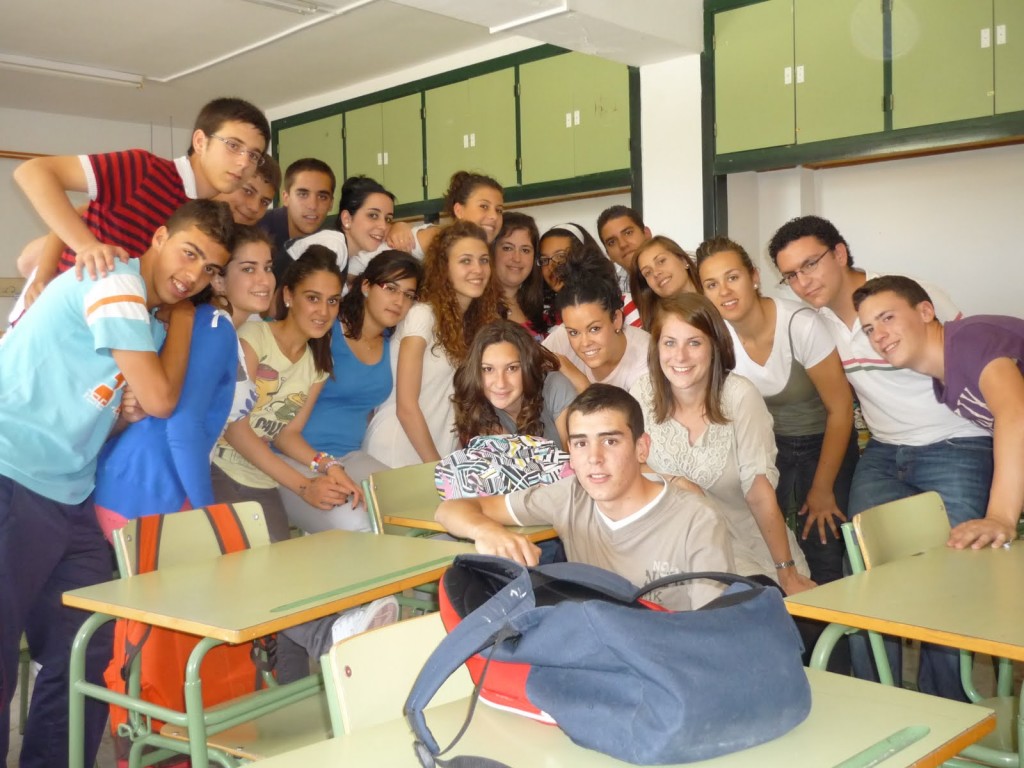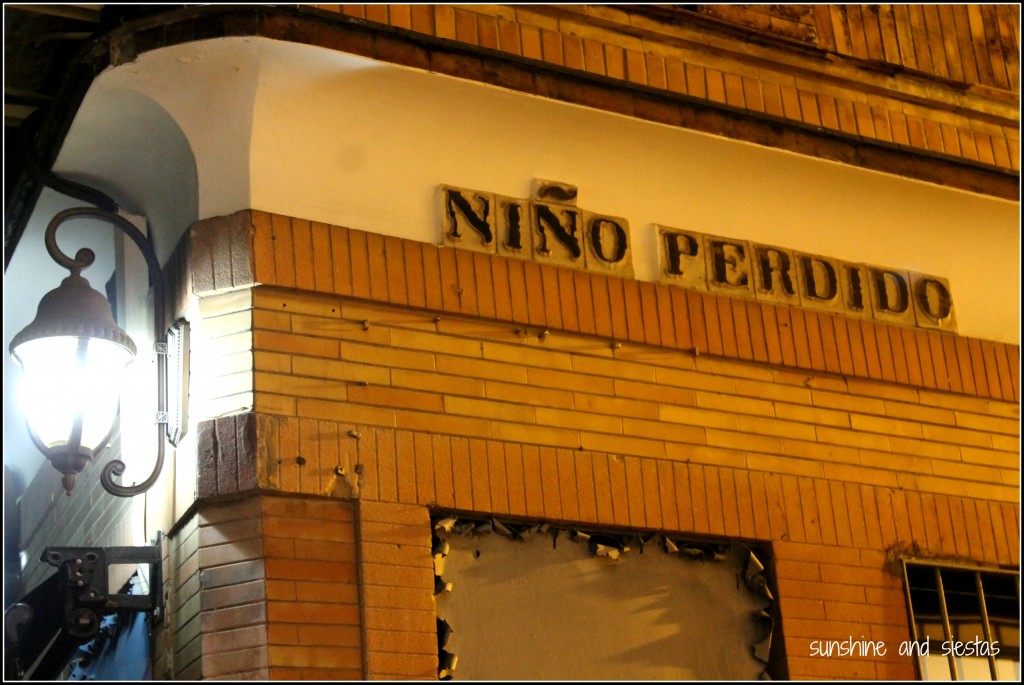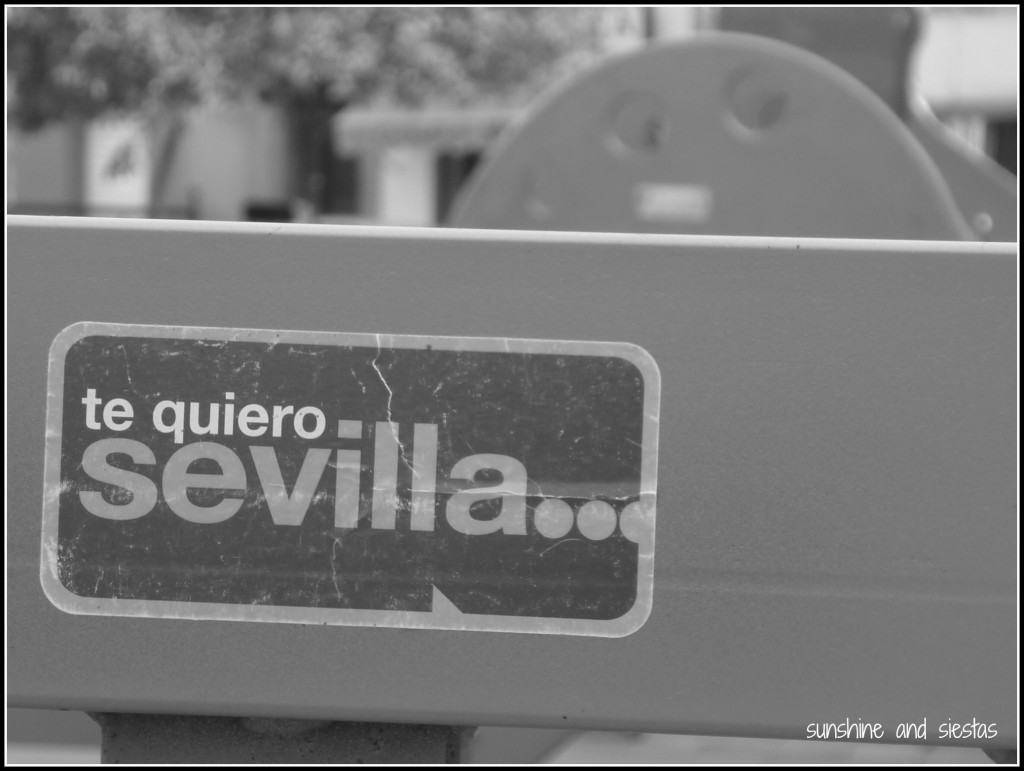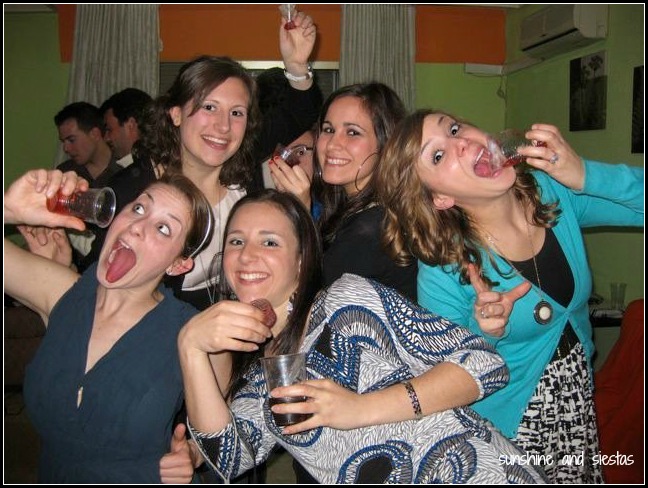When I studied abroad in 2005, my host family didn’t have internet. If I wanted to check in with my family back in Chicago, I’d have to walk down the street to the locutorio and buy credit for a pay phone.
Nine years later, Telefónica’s green and blue phone booths are but an icon of the past and everyone seems to be glued to their smartphones. Ever since breaking down and getting one in 2011, I’ve been able to keep in touch with my family and friends back home far more easily, sending photos and videos of the Feria de Abril to just about everyone in my contacts list!
If you’ve got a smart phone, you have a wealth of apps to help you connect with your loved ones (or just make them jealous of the cheap prices of wine):
Whatsapp took Spain by storm a few years back, as it was one of the first free messaging services that used wi-fi or 3G for texting.
To be honest, I have a love-hate relationship with Whatsapp. It’s so great on paper – texts, photo and video sharing, and you can even share your location. But nothing beats a phone call.
Anyway, the first year is free, and then you have to start paying, but it’s worth it for group chats, sharing, and not freaking out at your phone bill!
Postagram
As a proponent of still sending snail mail from time to time, I think postagram is fun and pretty much genius. This app allows you to send a picture right from your phone in real postcard form for the same price as it would cost to send it by mail yourself – you just save the trip to the post office (aka the waiting room of doom in Spain) and what you send is more personalized! What’s more, you get 140 characters – just like a tweet – to send a message.
Snapchat
I have to admit that I love snap chat. Originally created (in my mind) for teens to send gross pictures of themselves, I love getting shots of my friends on coffee runs or in beer gardens, or of my niece, Bounder the Mutt.
What snapchat does is it sends 10-second videos or photos to the contact(s) of your choice, which are then deleted and take up no space in your phone’s memory. There’s also a new chat feature where you can hold down the record button and have some face time with your amiguitos back home.
toolani
Move over, Skype and Viber – toolani has just blown my mind.
After struggling to hear my family on Skype because of a nagging delay and loads of dropped calls, I needed to look for a new way to do our weekly calls. Most Sundays, I’m out having lunch or at a Betis game, making it hard to coincide with my family. toolani works as a phone filter that doesn’t need an internet connection to make cheap international calls – dialing the US cost less than $0,02 a minute!
With toolani, you can call and text about 150 countries, and your contacts are automatically loaded onto its server. The app also allows you to buy more credit easily.
Just last week I called my family to catch up for cheaper than calling their landlines, as well as shot the breeze with my friends at Jets Like Taxis, who are currently in Austria. Not only were the calls well-priced, but the call quality was top-notch, and there was no delay.
Giveaway!
I’ve partnered with toolani to bring you guys free talk time on their service. There are 100 free vouchers available for Sunshine and Siestas readers with the code toolsunshine. Download their free app and present the code at checkout, and you can talk with people around the world.
The voucher code is available for you guys from today, May 16th, until Saturday, May 30th. toolani is compatible with both smartphones and iPhones in just about every corner of the globe!
If you like the service, consider connecting with toolani on Facebook or twitter, or surprising one of your friends back home with a call!
What other apps are on your phones?


